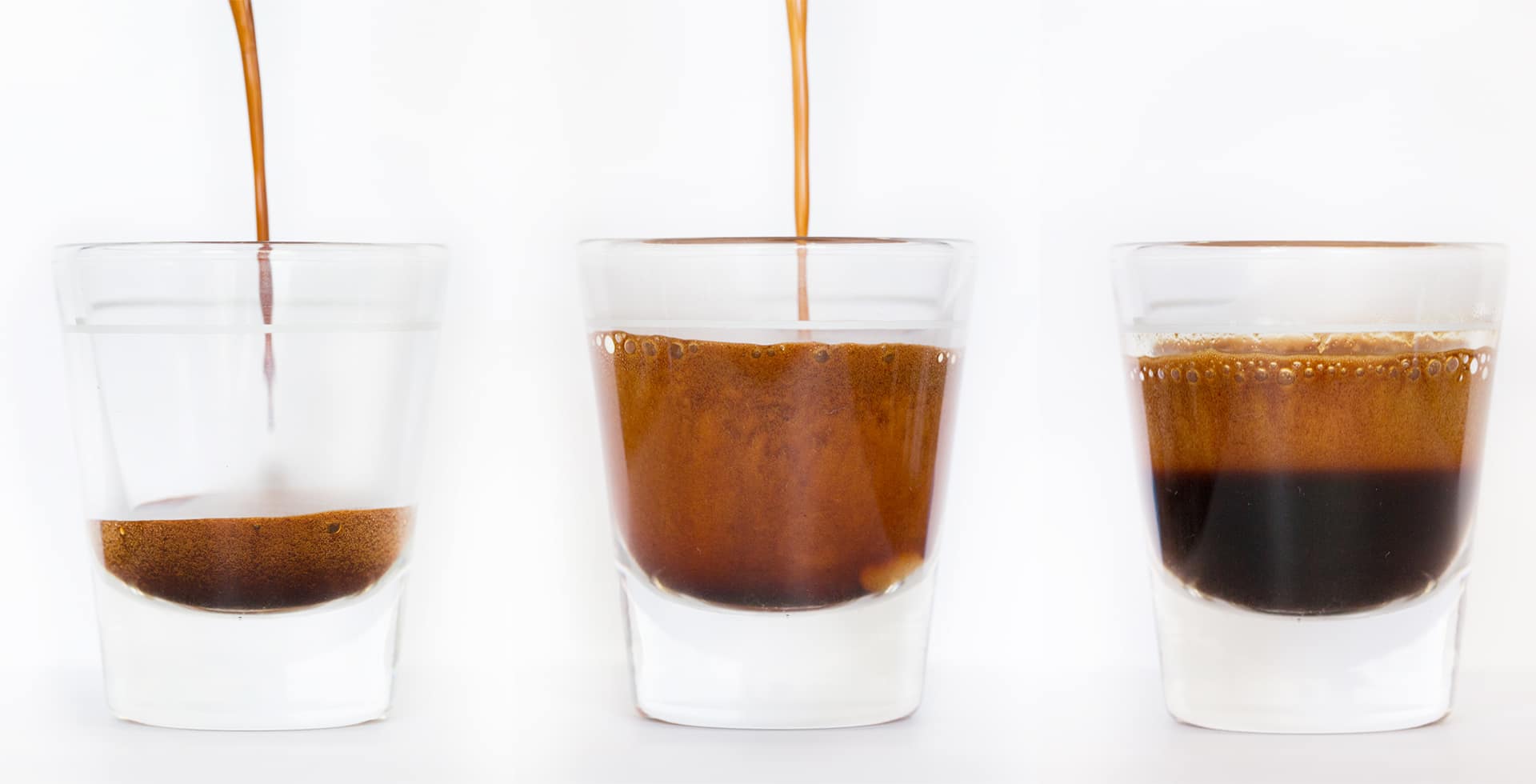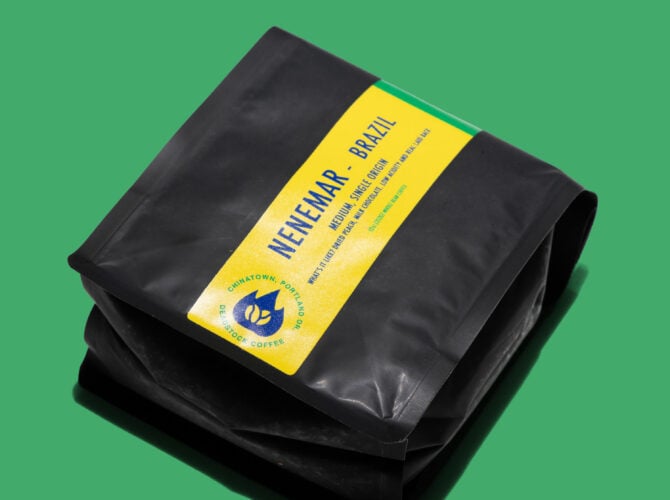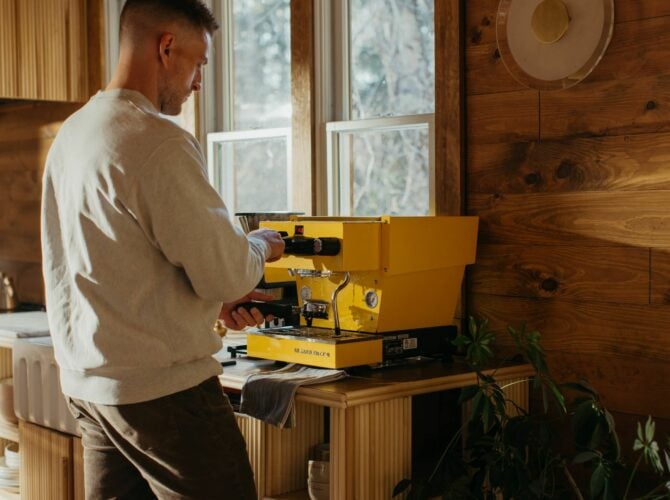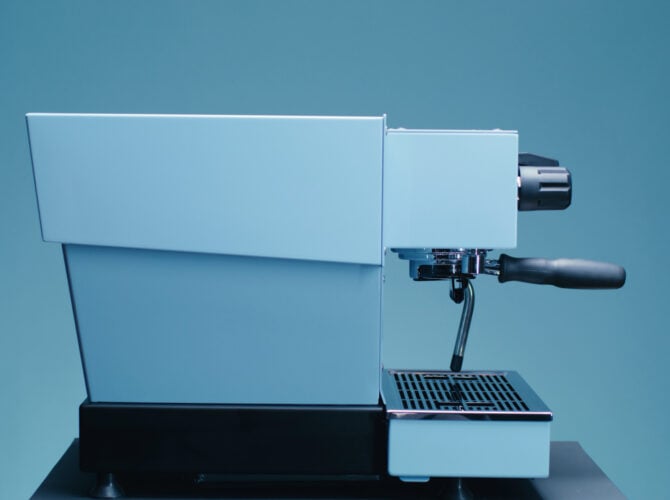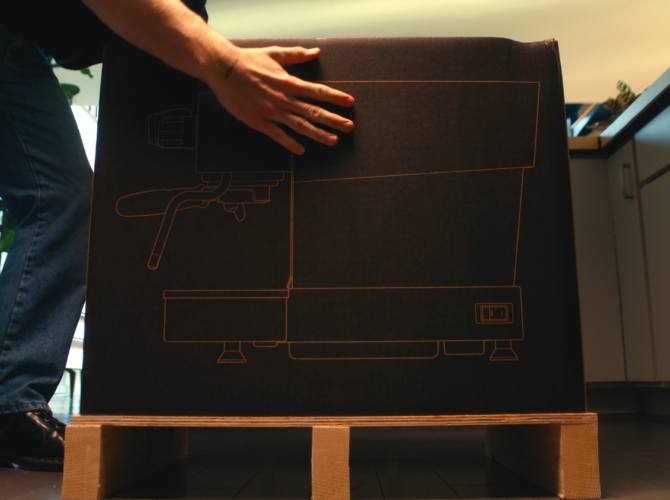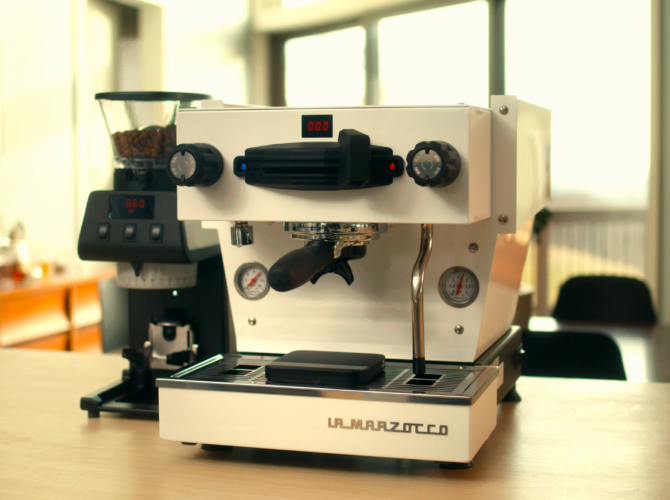“Sink Shots.”
These words are awesome and appropriate if you’re playing a scrappy game of street-ball, but obnoxious and frustrating if you’re a home barista trying to start your day with a decent espresso. While a café barista with a practically unlimited supply of coffee might have no problem burning through 10 or more practice shots while dialing in, for a barista at home, every ounce that goes down the sink is an ounce of regret.
Dialing in your espresso isn’t always easy, but it’s possible to produce a great shot without having to waste too much coffee. We’ve put together a few tips and tricks to help you reduce your number of sink-shots and more dial in a little more efficiently.
Use a scale
Using a scale is one of the most important and easiest ways to improve your espresso. It provides a consistent way to measure the amount of coffee you’re putting in, as well as the amount of brewed coffee (espresso) you’re ending up with. Being precise and consistent with brew ratio allows you to actually see what’s happening with your espresso and makes it easier to identify problems and improve your espresso. We can’t stress the importance of the scale enough—it’s basically required!
Taste your shots
Simple and obvious, sure, but tasting your espresso is one of the best ways to instantly evaluate your shot. A wildly off-base shot is pretty easy to identify visually, but in order to figure out what adjustments you need to make, your taste buds will help you greatly. Is your shot overly bitter? It’s probably over-extracted. Sour and undeveloped? It’s probably under-extracted. Shots that look the same can taste completely different, so make sure you evaluate your shots using the senses that matter.
Find a Brew Ratio you prefer
Think of brew ratio as a recipe. Its finding the right combination of ingredients in order to get something that tastes good. For espresso, we’re talking about how much coffee we put in the portafilter (dose) and how much liquid coffee we yield (espresso). Changing the amount of your dose and yield will impact the taste of your coffee. Once you find a brew ratio that works for you, you can go back to it over and over. Like a good recipe, its trustworthy and doesn’t get old. We like to start with a 18g of coffee and 36g of espresso (a 1:2 ratio) and aim for 27-30 seconds of extraction time. There will be adjustments from coffee-to-coffee, but its a great idea to have a go-to brew ratio so you have some sort of reference point. When you get more comfortable, you’ll probably find that you have a different go-to brew ratio for different roast profiles or coffees.
And once you know your brew ratio, you can…
Adjust the Grind Setting
It’s dizzying, the number of variables that end up affecting your espresso. When you’re dialing in your coffee, then, narrowing those variables down to brew ratio, grind size, and time make it easier to figure out what’s going on.
Three variables is a pretty manageable set, especially when you decide to control two and only manipulate one. Start messing around with more than one variable at a time, though, and you’re not dialing in – you’re taking potshots. Remember, manipulating multiple variables at once is bad science. And no barista wants to practice bad science.
Once we know our brew ratio, we like to focus on grind setting. Why? Well, it’s easy to change systematically, and it can be changed both by broad strokes or minute increments. Once you have a brew ratio you prefer, use that as your starting point, and use the grind setting as a way to manipulate the taste of your shot.
Because we know we like to use 18g of coffee to get 36g of espresso with a total shot time between 27-30 seconds, when we notice that a shot is reaching that 36g too quickly or too slowly, we need to adjust the grind setting.
If your shot is finishing too quickly, try making the grind finer. If it’s taking too long to finish, it’d be a good idea to make your grind coarser. Every grinder is different, and getting a feel for your own can take some time—just remember, small adjustments usually make a pretty big difference.
Oh, and once you adjust your grind, make sure you purge a little bit of coffee out before pulling your next shot.
Relax & Enjoy
Remember, this is all meant to be fun and enjoyable. If you find yourself getting frustrated, take a step back and take a break. While there is an art to making coffee, it doesn’t happen accidentally—learning to manipulate the right variables makes dialing in much easier and more enjoyable. As with anything, it comes with time, practice, and patience.
If you have questions about dialing in your espresso at home, feel free to shoot us an email or tweet at us @lamarzoccohome.
